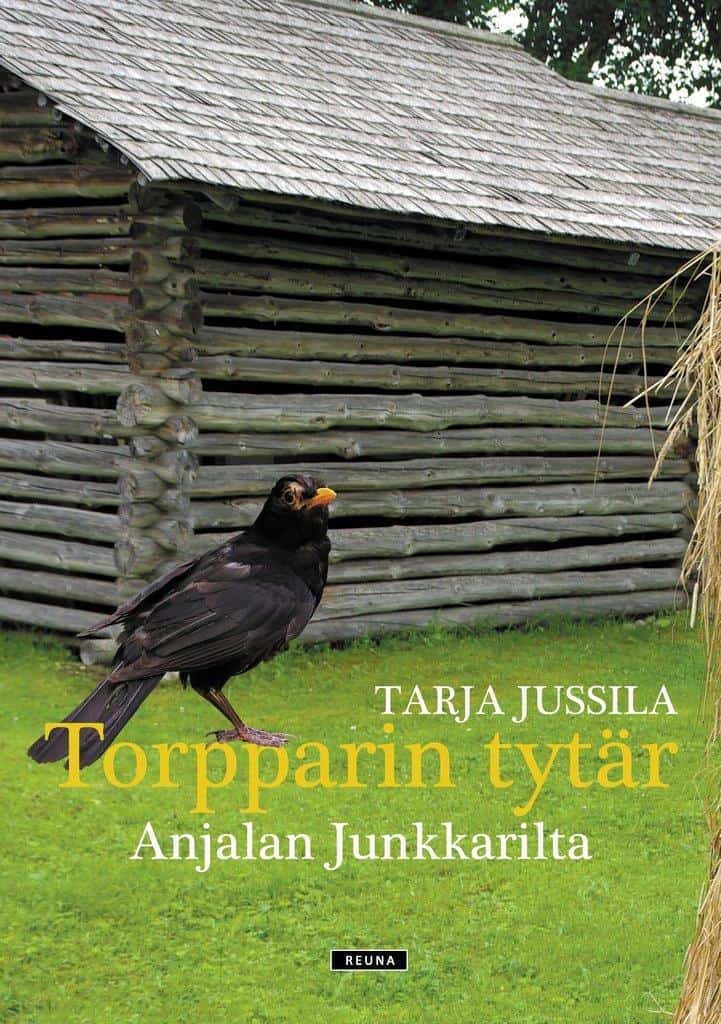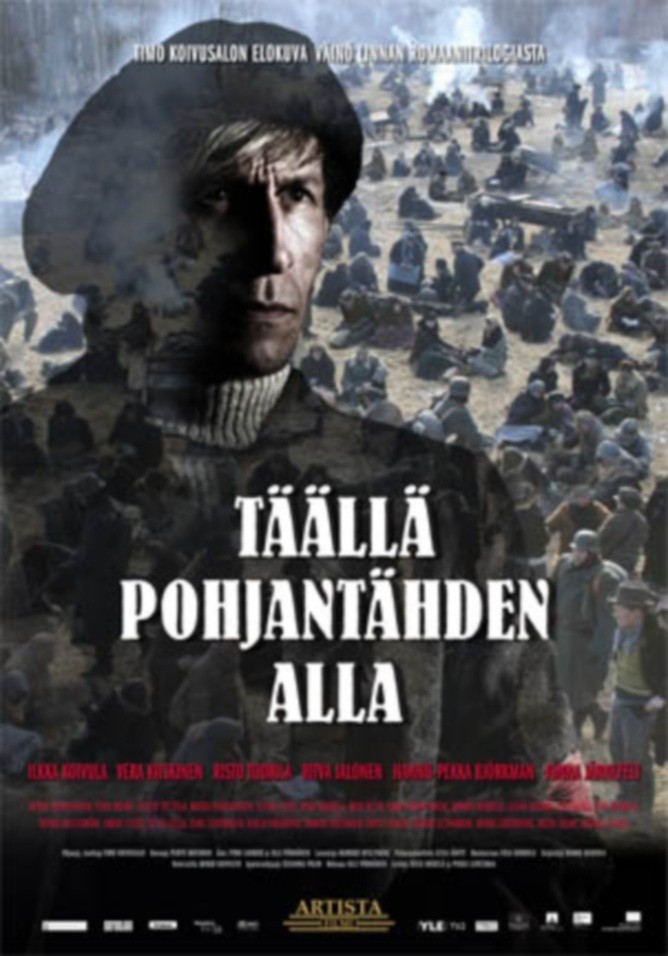

They generally did not understand why the socialist Reds-mostly industrial and agricultural workers-took up arms. The winners-the liberal and conservative Whites-were mostly landowners, entrepreneurs, and intelligentsia. In the way of quicker reconciliation stood primarily neither the carnage (1.2 percent of the population), nor previous ideological differences, but a fundamental distrust and the winners’ rejection of the losing side’s reality. The Finnish liberals won the ensuing Civil War, but they did so in a manner so wretched that it created a taboo that prevented open discourse on these historical events.

The novels and their adaptations chronicle how a century ago, the small Nordic nation was pulled into the undertow of their neighbor’s communist revolution. in the preface of Linna’s Under the North Star, ix). The trilogy and its adaptations were so effective that they became cultural truth or as prime minister Esko Aho expresses: “To understand Finland and the Finns one needs only read one book: Under the North Star by Väinö Linna” (qtd. With Under the North Star, Väinö Linna helped reunite Finland behind a shared narrative after over four decades of deep division (Browning 203). 1 When a nation faces systemic threat from not being able to agree on what is real and what is fake, this becomes more than a mere salon exercise.

Not only to negotiate the proper approach to romance, friendship, and professional pursuit, but also for the bigger questions-like who we are, who we were, and who we want to be (Carroll et al.). One of fiction’s functions is to provide a medium through which a culture can discuss itself. This article examines how Väinö Linna’s novels and their 19 adaptations pursued such a strategy, then asks what is required for fiction to unite a nation and whether fiction can still fulfill such a role. A successful novel-film combination can bookend a contentious discourse, with a combative novel followed by a milder adaptation that can be assigned a more conciliatory position as restorative truth. Social cohesion requires that people understand each other’s motives and behavior, and fiction can be particularly effective in conveying how others experience the world. The Finns’ inability to agree on what had happened during and after the war kept them divided until the novel trilogy Under the North Star (1959–62 Täällä Pohjantähden alla) and its film adaptations (1968–70) helped reconcile the nation. × Current About Archive Submit Editorial Board Salisbury University Agreeing on History: Adaptation as Restorative Truth in Finnish Reconciliation Mads Larsenįinland’s 1918 Civil War tore the nation apart along class lines, wrecking the social narrative that made Finns trust each other and cooperate.


 0 kommentar(er)
0 kommentar(er)
